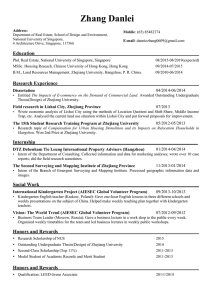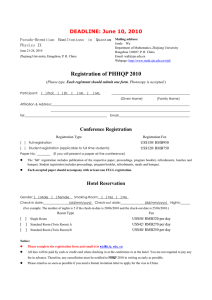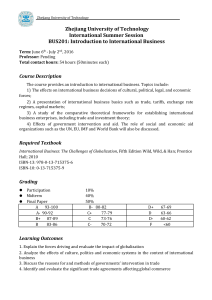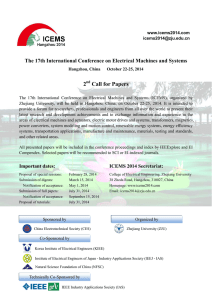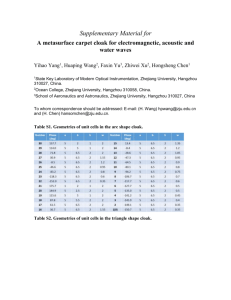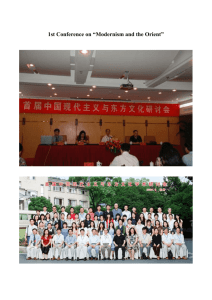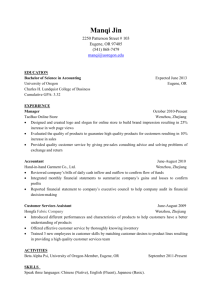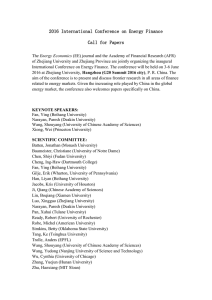bit25016-sm-0001-SuppData-S1
advertisement
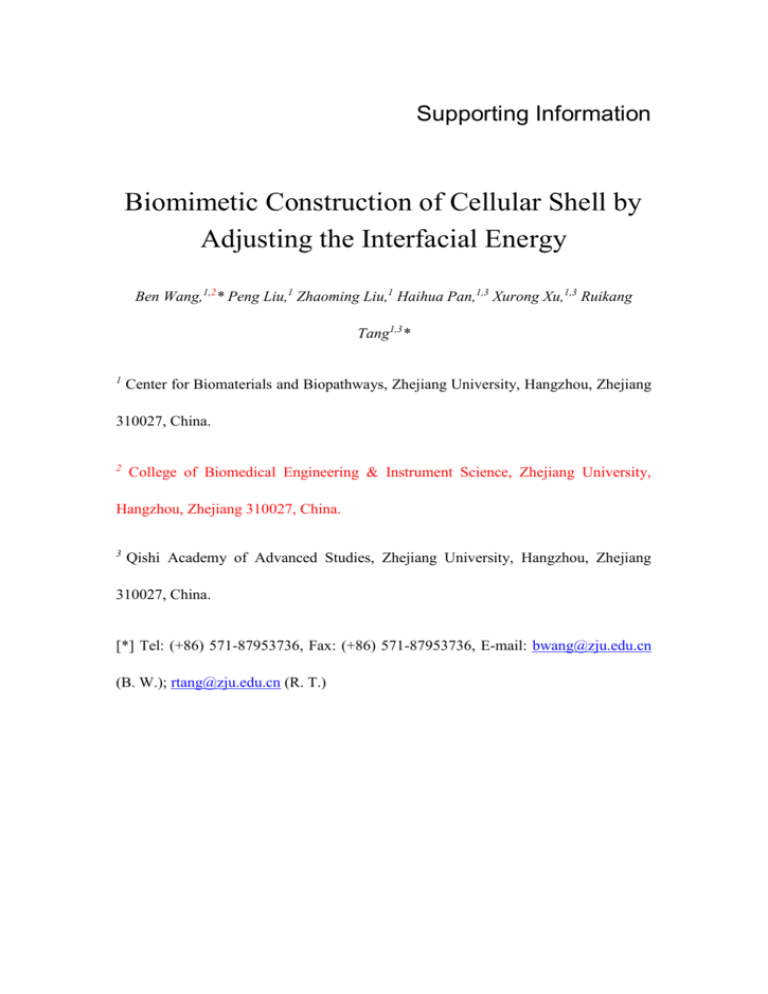
Supporting Information Biomimetic Construction of Cellular Shell by Adjusting the Interfacial Energy Ben Wang,1,2* Peng Liu,1 Zhaoming Liu,1 Haihua Pan,1,3 Xurong Xu,1,3 Ruikang Tang1,3* 1 Center for Biomaterials and Biopathways, Zhejiang University, Hangzhou, Zhejiang 310027, China. 2 College of Biomedical Engineering & Instrument Science, Zhejiang University, Hangzhou, Zhejiang 310027, China. 3 Qishi Academy of Advanced Studies, Zhejiang University, Hangzhou, Zhejiang 310027, China. [*] Tel: (+86) 571-87953736, Fax: (+86) 571-87953736, E-mail: bwang@zju.edu.cn (B. W.); rtang@zju.edu.cn (R. T.) Figure S1 X-ray diffraction (XRD) powder pattern (Cu Kα radiation) of calcium phosphate minerals. The upper pattern is the result of solid calcium phosphate in the presence of LbL treated yeast, which shows that the minerals participated on the cell surface are composed mainly of octacalcium phosphate (OCP, the bottom pattern) and a little hydroxylapatite (HAP, the middle pattern). Definition for the supersaturation ratio, S S is the supersaturation ratio. For OCP, (Ca2+)4(PO43-)3·3H2O S= = (1) Where IAP is the actual ion activity product. However, a commonly used definition for S is given by eq. 2 S=( )1/ (2) Where is the number of ions in a formula unit. The advantage of using eq. 2 is that data for salts with different stoichiometries can be directly compared, and thus the values of S would not depend on the choice of chemical formula. We calculated S for octacacium phosphate using eq. 2 by Visual MINTEQ software.

